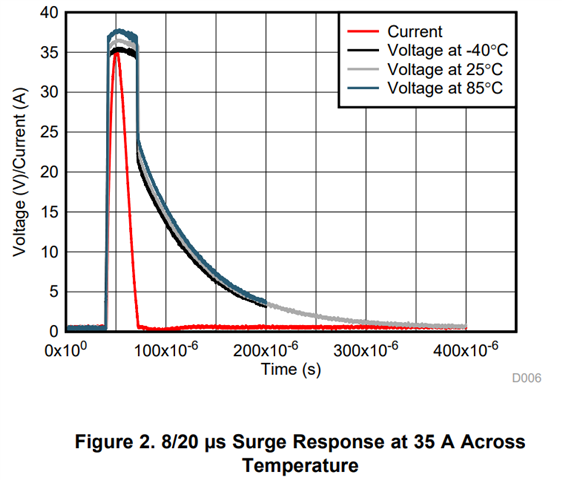Other Parts Discussed in Thread: TVS3301
Tool/software:
Hello TI Team,
Could you please help me understand the behavior and performance of the TVS3300 & TVS3301 during negative transients according to ISO7637-2? Do we have any test results or characterization data available for such conditions?
Additionally, could you please share the VDS rating of the device used in this context?
Thanks & Regards,
Kartik Pagar



